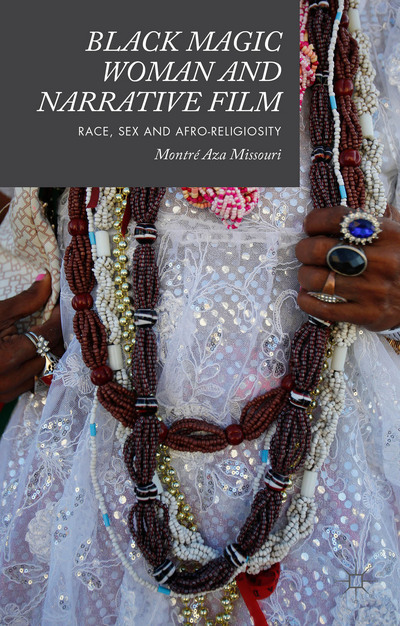Defying the Stereotype of the Broken Black FamilyPosted in Articles, Arts, Asian Diaspora, Family/Parenting, Media Archive, United States on 2015-10-27 00:32Z by Steven |
Defying the Stereotype of the Broken Black Family
The New Yorker
2015-10-12
For his series “Father Figure,” begun in 2011, the photographer Zun Lee created quiet and tender portraits of black fathers with their children: one kisses the tiny hand of his baby while riding the subway; another goofs around at bedtime, his daughter’s feet pressed up against his cheek. The project was, in part, a response to Lee’s own personal history: he grew up, in Frankfurt, Germany, nurtured by African-American military families who were stationed there; in his thirties, he discovered that his biological father was not the Korean dad he’d grown up with but a black man he’d never met. “Father Figure” is an homage to the surrogate black father figures he’d found growing up, and an exploration of alternatives to the stereotype of the black absentee father.
Lee’s latest project, the found-photo series “Fade Resistance,” continues to challenge racist assumptions of black family dysfunction, this time with Lee acting not as a photographer but as a curator…
Read the entire article and view the photographs here.






